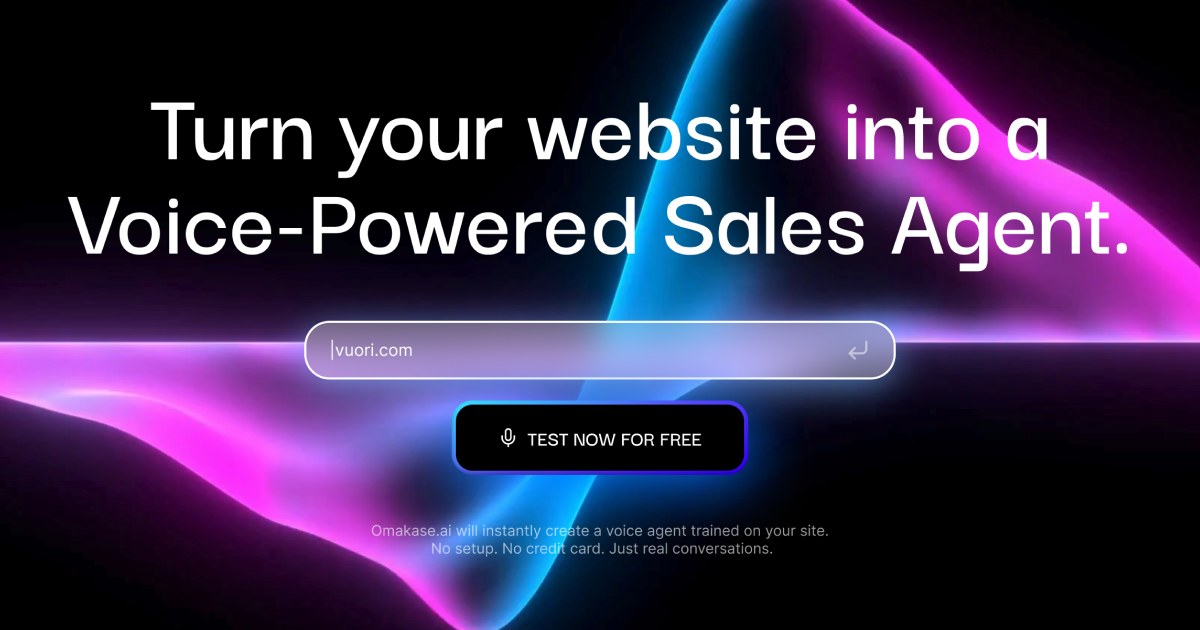Your customers are telling you exactly what they want—are you listening?
Zero-party data gives you direct access to their preferences, but the key is knowing how to use it to drive meaningful interactions and results.
With zero-party data, you’re sitting on a goldmine of customer insights, all directly shared by your audience. This data holds the key to delivering personalized experiences that truly resonate.
But collecting it is only the first step.
The challenge is knowing how to effectively use that data to create tailored interactions—ones that boost engagement, foster loyalty, and ultimately drive business results.
Whether it’s refining product recommendations or crafting targeted marketing campaigns, discover nine ways you can turn zero-party data into a strategic advantage.
9 ways to use zero-party data
When it comes to enhancing your marketing campaigns or reaching new customers, these following strategies will help you create a better shopping experience and gain a competitive edge with zero-party data.
1. Centralize Data Collection
To effectively use zero-party data, the first step is to ensure that all data collected is stored in a centralized location. This can be achieved through the use of a Customer Data Platform (CDP) or a similar centralized data management system.
- Customer Data Platform (CDP): A CDP can aggregate data from multiple sources, including zero-party data collected from surveys, quizzes, preference centers, and loyalty programs. This centralized data storage allows for easier access, management, and integration across various marketing channels.
2. Segment Your Audience
Once you have collected zero-party data, the next step is to segment your audience based on the data provided. Audience segmentation allows you to create more targeted and personalized marketing campaigns.
- Segmentation Criteria: Use the zero-party data to segment customers by preferences, interests, purchase intentions, or specific needs. For example, if a customer indicates a preference for eco-friendly products in a survey, they can be segmented into a group that receives marketing communications about your brand’s sustainability efforts and related products.
3. Personalize Communication
With segmented audiences, you can now tailor your communication to meet the specific needs and preferences of each customer group. Zero-party data allows you to go beyond basic personalization, such as addressing customers by name, and create deeper, more relevant interactions.
- Email Campaigns: Use the preferences indicated by customers to personalize email content, product recommendations, and offers. For instance, if a customer prefers updates on new product launches, ensure they receive notifications as soon as new items are available.
- Content Personalization: Integrate zero-party data into your content management system to dynamically adjust website content, banners, or app interfaces based on the user’s stated preferences or interests.
4. Enhance Product Recommendations
Zero-party data is particularly useful in refining product recommendations. By understanding what customers are interested in, you can present them with products that align with their preferences, increasing the likelihood of purchase.
- Recommendation Engines: Integrate zero-party data with your recommendation engine to serve more accurate and appealing suggestions. For example, if a customer has shown interest in skincare for sensitive skin, your recommendation engine should prioritize showing products suited to that need.
5. Optimize Customer Journey
Use zero-party data to customize the customer journey, making it more relevant and engaging at every touchpoint.
- Customized Onboarding: If a new customer indicates their goals or interests during the signup process, tailor the onboarding experience to address these points directly. This could involve providing specific resources, tutorials, or product recommendations that align with their stated objectives.
- Dynamic Content Delivery: Adjust the content on your website, app, or marketing materials dynamically based on the zero-party data. For example, if a customer has expressed a preference for minimalist designs, show them products, themes, or promotions that match this aesthetic.
6. Refine Advertising Strategies
Zero-party data can significantly enhance your advertising efforts by ensuring that the ads are more aligned with the interests and needs of your target audience.
- Targeted Ads: Use zero-party data to create highly targeted ad campaigns on platforms like Google Ads, Facebook, or Instagram. Since this data reflects the customer’s self-declared interests, the relevance of your ads increases, which can lead to higher engagement rates and better ROI.
- Lookalike Audiences: Build lookalike audiences based on the zero-party data collected from your most valuable customers. These audiences can help you reach new customers with similar preferences or needs.
7. Improve Customer Service
Integrate zero-party data into your customer service systems to provide more personalized and efficient support.
- Personalized Support: When a customer reaches out for support, access their zero-party data to understand their preferences, past interactions, and potential concerns. This allows your customer service team to provide more tailored and effective solutions.
- Automated Chatbots: Equip your chatbots with zero-party data to offer personalized responses and recommendations. If a customer has previously indicated an interest in specific products or services, the chatbot can prioritize information related to those interests.
8. Monitor and Measure Performance
To ensure that your integration of zero-party data is effective, continuously monitor and measure the performance of your campaigns and customer interactions.
- Analytics and Reporting: Use analytics tools to track the success of personalized marketing campaigns and customer interactions. Measure key metrics like open rates, click-through rates, conversion rates, and customer satisfaction scores.
- Customer Feedback: Regularly gather feedback from customers to assess how well your personalization efforts are resonating. Use this feedback to refine your data collection methods and integration strategies.
9. Ensure Data Security and Compliance
Finally, it’s crucial to handle zero-party data with the highest levels of security and ensure compliance with all relevant data protection regulations.
- Data Protection Practices: Implement strong data security measures, including encryption, access controls, and regular audits, to protect zero-party data from unauthorized access or breaches.
- Compliance: Stay updated on regulations like GDPR, CCPA, and other data protection laws. Make sure your zero-party data collection and usage practices are fully compliant to avoid legal issues and maintain customer trust.
Bringing Zero-Party data together
Using zero-party data effectively can transform your marketing strategy by making it more personalized, relevant, and customer-centric. By following the nine ways above, you can reap the benefits of zero-party data to improve your customer experience, build stronger relationships, and achieve better business outcomes.
Remember, the key to successful integration is not just in collecting the data, but in how you use it to create meaningful and valuable experiences for your customers.











